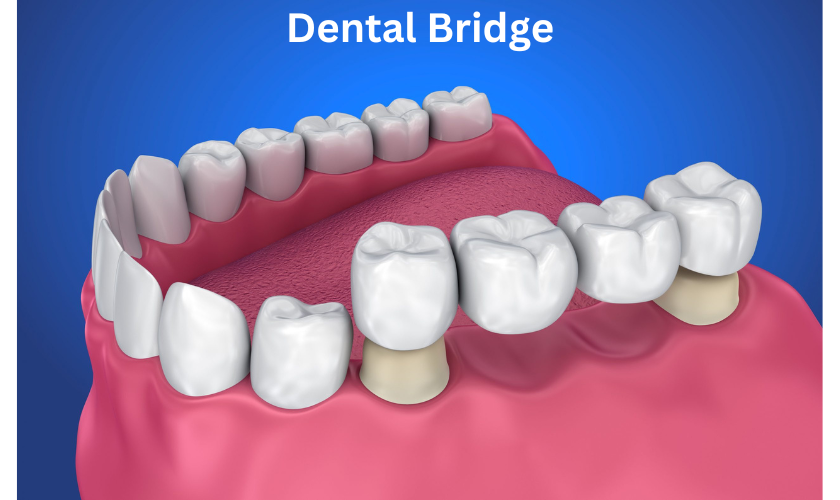Let’s say you lost several teeth and are now concerned about the oral health problems that might follow. The most frequent causes of tooth loss include gum disease and dental decay. In such conditions, you require a dental bridge. Speaking and chewing are more comfortable with dental bridges, which are also simple to maintain. Let’s look at what must be considered to guarantee that the dental bridge fits properly.
How Long Does It Take To Settle Dental Bridges?
After getting dental bridges, it usually requires two weeks for them to get fully adjusted. However, during this time, it is crucial that you avoid having hot or cold foods.
Benefits Of Having Dental Bridges
Having a dental bridges gets you plenty of benefits:
- The right dental bridge will help you distribute your bite forces by replacing missing teeth.
- Teeth drifting away from their position are vastly improved with the help of a proper dental bridge.
- Having dental bridges improves your speech problems largely.
- It helps in preventing any chances of gum infection after tooth extraction.
How Should A Dental Bridge Feel?
Properly fixed dental bridges are non-removal. Dental bridges are somewhat similar to your natural teeth, and you will not face any discomfort after completing this dental procedure. However, after the fitting, you might feel a little discomfort and tenderness, which goes on after the area of the dental bridge is completely healed. It will take approximately two weeks for a dental bridge to adjust effectively.
Dental Bridges Fitting
A dental bridge is beneficial, but improper fitting will be uncomfortable and can cause harm. To achieve a perfect fitting, you must visit your dentist and have them properly adjusted. The following techniques are used for adjusting the dental bridges:
- Insertion of the restoration on the abutment teeth needs to be perfect.
- For a proper occlusion, the patient must close the dental arches in the correct bite. The dentist will further evaluate the varied movement of the mandible.
- The bridge should be tight enough. You should be able to bite and chew without the bridge moving around.
- There should be no gaps between the teeth and the bridge.
- The bridge should not rub against your gums or the roof of your mouth.
Dental Bridge Aftercare
- Strictly avoid chewing hard foods
- Do not consume sticky foods that might get stuck to your bridge and dislodge them.
- Brush twice or thrice regularly
- For cleaning under the dental bridges, use a floss threader.
- If you experience any dental bridge damage, consult with your dentist as soon as possible.
The Final Verdict
If you have any questions or concerns about the fit of your dental bridge, be sure to talk to your dentist. They can make any necessary adjustments to ensure that you’re comfortable and that the bridge is functioning properly. Without proper fitting, a dental bridge serves no purpose inside your mouth.


